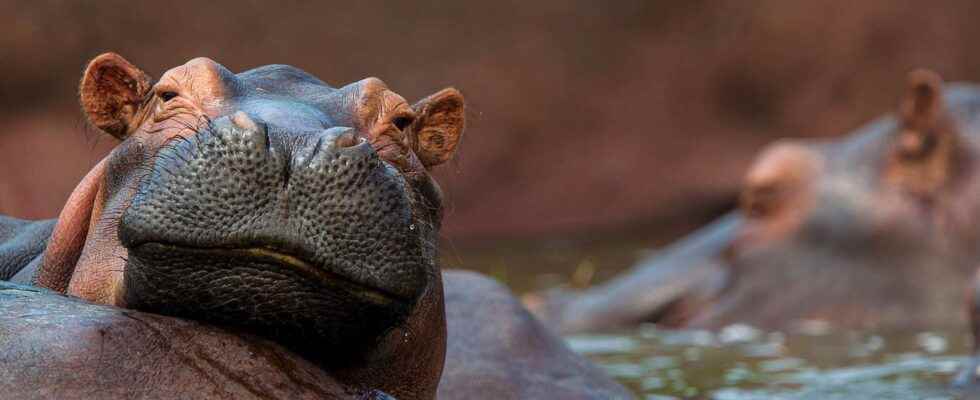“Beasts of science” is like a collection of stories. Beautiful stories that tell the living in all its freshness. But also in all its complexity. A parenthesis to marvel at the treasures of the world. For this new episode, let’s discover one of the most dangerous animals in the world: the hippopotamus.
You will also be interested
[EN VIDÉO] A hippopotamus gets his teeth brushed in Japan The hippopotamus is perceived as a powerful and sometimes aggressive animal. However, he often leaves other animals in the wild to clean his teeth. There are no birds in the enclosure of the Osaka zoo in Japan, so it is a trainer who performs this task, as we discover during this video.
The hippopotamus. It is said to be one of the most dangerous animals in the world. Amazing for a herbivore, however imposing. The problem is that the hippopotamus has a rather bad temper. He is known to ethologists for his tendency to get carried away as easily as quickly. When it comes to defending one’s territory, for example. Or simply when he feels threatened. He then attacks on sight. And in this case, it is better not to be in the way of this mastodon which can reach 5 meters in length and weigh up to 4 tons.
Whether in the water or on the Earth firm, the hippopotamus sometimes attacks other animals. Including to crocodiles. Or to congeners. And even to humans. Using fearsome teeth over 30 centimeters long, thehippopotamus would even be responsible each year in Africa for around 300 deaths. It’s not nothing.
But if the hippopotamus interests us today, it is for a completely different reason. First, note that we are indeed talking here about the so-called amphibious hippopotamus. Not from its cousin, the pygmy hippopotamus. The one who lives in particular in the Maputo Special Reserve, in Mozambique. Hippopotamuses which, as in the middle of nature, evolve there in large groups. In several large groups here. What offer researchers an opportunity to study the way these animals communicate with each other.
Because the hippopotamus, the ethologists assure us, is not the type to keep its tongue in its pocket. He growls. So loud that it can be heard over long distances. This is what put the flea in the ear of the researchers. What if these grunts played an important role in maintaining the groups formed by hippos?
A group of hippos respond to recordings of another group’s growls that researchers play them from the shore. © Nicolas Mathevon, University of Saint-Etienne
To the one who growls the loudest
To find out for sure, the researchers first recorded the growls emitted by different groups of hippos. And then they made these growls heard by the hippos in question. They first noted that the animal responds. Including when it is in water. While he seems quite… apathetic. Enough to show that in fact, he is much more attentive to his environment than he suggests.
Hippos actually respond to a growl they hear in three different ways: by another growl, by approaching the heard sound, or by spraying dung. Yes yes, you read that right. By spraying dung. It’s a way for them to mark their territory.
Hippos respond differently depending on where the growls come from
But perhaps most surprisingly, hippos respond differently depending on where the growls are coming from. Quieter when the growl is emitted by a member of their group. With a little more tension when it comes from a hippopotamus belonging to a neighboring group.
And when the growl comes from a strange group — understand, a group that hippos aren’t used to encountering — the response is usually limited to dung spray. The sign of an annoyed hippopotamus.
This work provides evidence of social behaviors in hippopotamuses. So much so that they can, by their voice, recognize their closest companions. It remains to be understood what these surprising animals really communicate to others through their growls. But the demonstration seems already made that hippopotamuses are… not so stupid.
And this work also provides some avenues for improving the conservation policies of this endangered animal. Like the one that would allow, for example, displaced individuals — this happens regularly to maintain healthy population sizes — to become familiar with the voices of individuals already there. And vice versa…
Interested in what you just read?
